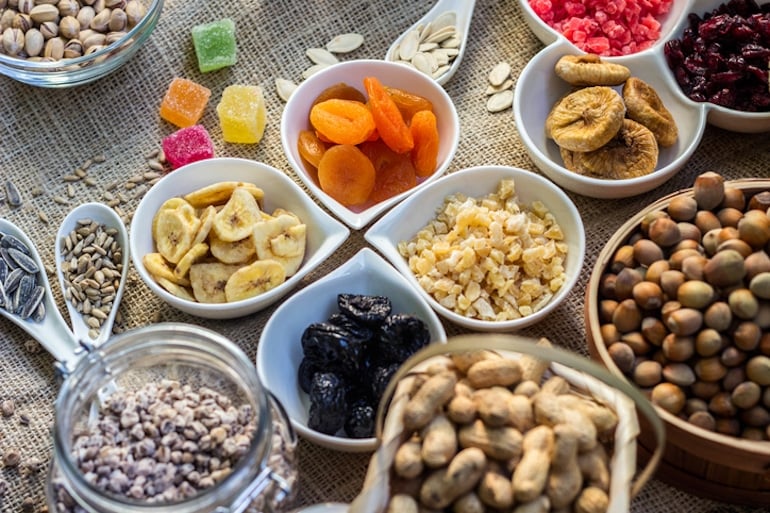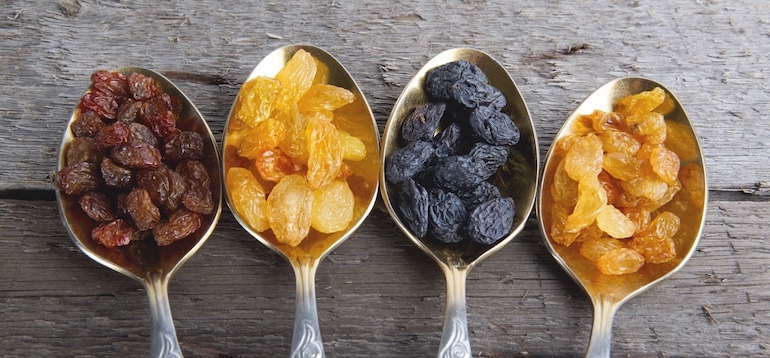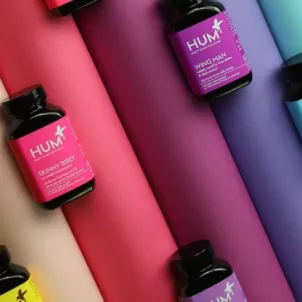THE WELLNEST • Food • Healthy Eating
Is Dried Fruit Healthy? A Nutritionist Investigates
By Jessica Bippen, MS, RD •
January 13, 2020
Jessica Bippen, MS, RD, settles the dried fruit debate once and for all. Keep reading to find out if dried fruit is actually healthy for you.
There’s no denying the convenience of dried fruit for a grab-and-go snack. It’s shelf-stable, portable, and delicious! However, the information on dried fruit can be conflicting. Maybe you’ve heard that it’s a healthy snack, but then other sources say it’s no better than candy. So what’s the real deal?
What is dried fruit?
Before we dive into answering if dried fruit is healthy, let’s take a closer look at dried fruit and how it’s made. By definition, dried fruit is any type of fruit whose water content has been removed by one of three drying methods:- drying
- freeze-drying
- dehydrating
dried fruit Benefits
High Nutritional Value
Dried fruit is loaded with micronutrients, fiber, and antioxidants. Because of the dehydrating process that removes the water, one piece of dried fruit contains about the same amount of nutrients as its whole, fresh fruit version—yet in a much smaller, more concentrated package. The only exception is vitamin C, which is lost in the dehydrating process. By weight, dried fruit contains more than three times the fiber, vitamins, and minerals of fresh fruit. Thus, dehydrated fruit is a highly nutritious option when it’s properly portioned. However, portion size is key!Convenience
Nutrition aside, dried fruit is convenient. You can stash it in your purse or keep it in your desk drawer for easy, shelf-stable snack options. To get the most out of your dried fruit, keep your portion sizes small so you’re not consuming more than 15-to-20 grams of sugar in one sitting. (This portion size equates to two pieces of large dried fruit, like mango slices, and about two tablespoons of small dried fruit, like raisins.)Easy to Pair
To keep your blood sugar stable, pair the dried fruit with a good source of protein or healthy fats. Smart pairing options include:- nuts
- seeds
- Greek yogurt
- plant-based yogurt
- almond-flour crackers
- hard-boiled egg
Dried Fruit Reg Flags
As previously mentioned, there are several benefits to eating dried fruit. However, watch out for the following culprits that could turn your healthy snack into something closer to junk food.Sugar content
Dehydrating fruit causes water loss of about 75 percent, meaning the fruit is much more concentrated in nutrients, but also sugar and calories. A good rule of thumb is to decrease your portion size by 75 percent to make up for the water loss. For instance, you probably aren’t going to eat 15 fresh apricots in one sitting, but may find it easy to eat 15 dried apricots. This means that you can easily consume 60 grams of sugar in one sitting compared to four grams found in one apricot. While fruit is nutritious, it’s important to be mindful of sugar consumption, even if it’s from natural sources like fruit. Too much sugar can increase chances for weight gain, stronger cravings, and several other health problems.Added Ingredients
In addition to naturally occurring sugars, many companies coat dried fruit with sugar or syrup to make them sweeter. Since sugar triggers our brain’s reward system, the extra sugar makes the dried fruit more crave-worthy. Thus, it’s hard to stick to just one serving size. When purchasing dried fruit, it’s best to read the ingredient list. Of course, your best option is to choose dried fruit that contains only one ingredient: the fruit itself. Avoid dried fruit with added high-fructose corn syrup, refined sugar, or artificial sweeteners. For fruits that are naturally more bitter, like cranberries, it’s more difficult to find options without added sugar. In this case, look for brands that use fruit juice as a natural sweetener. In addition to added sugar, some dried fruit contains a small amount of oil to prevent them from sticking together. To keep prices low, brands often opt for unhealthy, low-quality oils like canola oil, which is best to avoid. Slightly better options include sunflower and safflower oils.Unnecessary additives
Drying fruit is a natural form of preservation. However, some producers use additional preservatives called sulfites on their dried fruit. Such preservatives prevent discoloration, thus making the dried fruit look more appealing. Furthermore, it can extend shelf-life. While the FDA considers these preservatives safe, some individuals may be sensitive to sulfites. Common symptoms include stomach cramps, respiratory issues, skin irritation, and other health concerns. If you find dried fruit doesn’t sit well with you, consider choosing brands without any additives or sulfites.Bottom line
Dried fruit can be a healthy, nutritious option when using proper portion size and reading labels. Since dried fruit contains a high concentration of calories and sugar, I recommend portioning out about two tablespoons of small dried fruit or two pieces of large/sliced dried fruit. Pairing your dried fruit with a source of protein or healthy fat can help stabilize your blood sugar and have you feeling more satisfied than from eating the dried fruit by itself. The healthiest dried fruit contains no added ingredients. The label should just read the name of the fruit. Look out for added sugar, oils, and preservatives like sulfites. When it comes down to it, you don’t need to fear dried fruit (or fruit in general!). As a registered dietitian, I encourage you to experiment and reflect on how dried fruit makes you feel. Are you satisfied after eating it? Does it cause bloating or gas? Does it lead to sugar cravings? These are some questions to think about that’ll help you figure out what works best for you. Once you understand how your body feels after eating dried fruit, you can decide if and when it’s a healthy option for you!More like this











